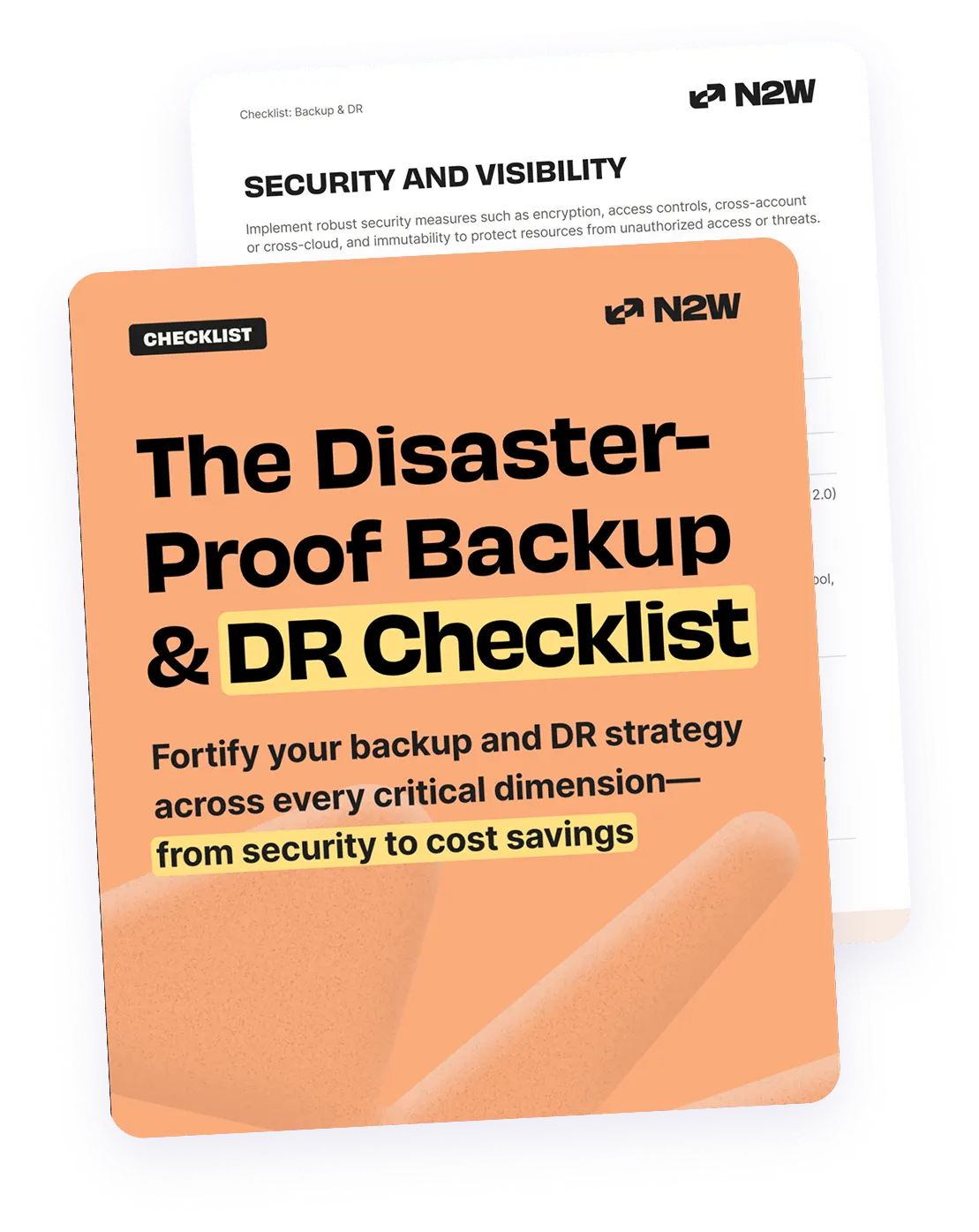There has been quite a buzz lately around new architecture that leverages the cloud’s elasticity to repeatedly launch and destroy EC2 instances according to their workload. As such, it is curious as to why a conventional concept, such as persistent storage, is still being utilized in this technologically advanced environment. Workloads are read by instances from a back-end database (i.e. DynamoDB) or a queue, and the result is committed upon the completed computation. If an instance crashes or fails, a new one will pick up where the last one left off. However, AWS persistent storage, which is provided via EBS volumes, still plays a central role. Amazon’s constant capability additions, including provisional IOPS volumes, copying snapshots to other regions, and the most recent addition, general purpose SSDs, clearly demonstrate the need for such storage.
1 – Rewrite Legacy Enterprise Applications
Moving legacy applications to the cloud, sometimes containing millions of lines of code, can be a very costly and risky maneuver with new cloud architecture. As a result, a common use case we hear a lot about from our customers touches on moving traditional data centers to the public cloud, as is. The goal is to move these data centers without needing to invest in recreating them from scratch, as a means of leveraging advanced AWS cloud features, such as AWS DynamoDB and RedShift. While cloud architecture is very appealing, it does not cover everything. This is known fact among cloud providers who recognize that there is still a need for persistent storage, and constantly make an effort to improve that offering.
2 – Cloud Vendor Lock-In
Utilizing multi-cloud environments makes applications as robust as possible. When consumers have the freedom to move between features and clouds, they maintain control over their IT environments and are better equipped to overcome any vendor side bugs or limitations. By utilizing basic software components, consumers are able to migrate applications quickly to and between clouds, then explore different environments, such as Amazon and Google, to see which features best suit their needs. It seems that enterprises still prefer to work with the basic IT building blocks offered by cloud providers. Using the IaaS basic cloud common features, such as EBS persistent volumes, enables cloud interoperability so that consumers can seamlessly switch between clouds at their own free will. Cloud users can use these building blocks and still utilize the new cloud architectures: They simply replace the backend service with something built with basic IT blocks (e.g. MongoDB or Cassandra on an EC2 instance instead of DynamoDB). The actual “worker” instances can still be stateless, and go up and down according to the workload.
3 – Feature Support (i.e. Databases)
When it comes to IT features and services, there is a constant trade-off between managed services and do-it-yourself solutions which depends on companies’ desire for ease of use or increased control. Managed services generally come equipped with a limited set of features, which may or may not suit everyone’s needs. If features are lacking, however, it is generally quite difficult to perform the required workarounds. Take DynamoDB and MongoDB, for example. While there are several differences between the services, with DynamoDB, you currently need to scan your data and copy it out in order to back it up, whereas in MongoDB, you can use EBS snapshots to perform backups and instant recovery. Other examples include multi-region deployment not being possible in RDS for Oracle; SQS vs. RabbitMQ, with claims that RabbitMQ provides better performance; and ELB vs. HAProxy, where HAProxy handles spikes better, and supports more algorithms for load balancing.
Final Words
As explained above, there is still a real need for persistent storage in the cloud. Amazon clearly demonstrates this through new feature development and enhancement efforts. Persistent storage is still used to migrate legacy applications, so as to take advantage of cloud features quickly and efficiently; replicate applications that work successfully in traditional data centers without having to recreate them from scratch to fit the cloud; maintain a common denominator among cloud vendors for seamless migration between clouds; and create a foundation to which complementary features can be added.
N2WS Backup & Recovery is a pioneering enterprise-class data protection solution for the AWS cloud. N2WS supports backup and recovery for AWS EC2 instances, EBS volumes and RDS databases. Additionally, it supports the consistent backup of applications including the features listed below:
- Flexible backup policies and schedules
- Consistent backup of databases like SQL Server, Oracle, MySQL, MongoDB and more
- Complete instance recovery across AWS regions in seconds
- “Pull” and “Push” alerts and notification
Try N2WS Backup & Recovery for FREE! Read Also
